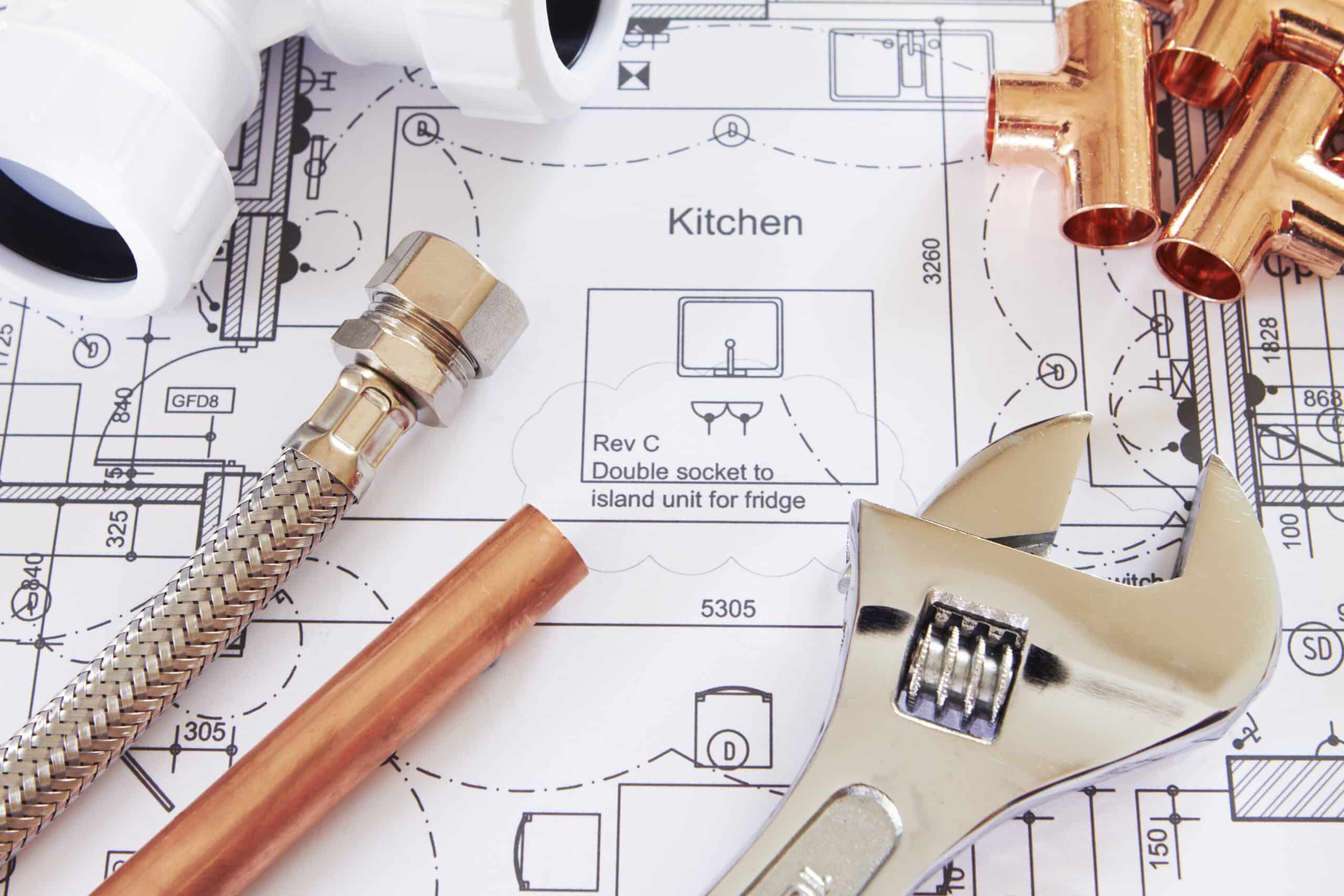What is a Gas-Fitter and how do I Become Qualified?

If you’ve been interested in pursuing a career as a gas-fitter but want to learn more about the profession, then let us elaborate. A licenced gas-fitter is trained to repair, service, and replace natural gas appliances and fixtures in residential, commercial, or industrial related properties and areas. Beyond working on the appliances and fixtures themselves, they are also responsible for installing regulators, gas meters, burners and valves. Many plumbers offer a combination of plumbing and gas-fitting services, but it’s important to note that each are separate occupations and, in fact, come with different qualification requirements. More on that later.
What duties does a gas-fitter take care of?
- Installing gas pipes
- Installing gas detection and pressure regulating systems
- Installing gas related appliances and associated equipment
- Installing gas appliance flues
- Reading and interpreting plans/drawings
- Testing pipe work for gas appliances
- Providing customers with advice on how to operate and maintain gas appliances
- Appliance maintenance
- Installing LPG systems in boats or caravans
- Maintaining ancillary equipment and pipes used for safe operation of appliances using flue gasses
So what’s the difference between a plumber and a gas-fitter?
This is where it can get a little confusing. You may have seen various plumbing services offering gas-fitting, but you need to be careful that you’re choosing a professional with the right qualifications to match your specific job. Let’s break it down.
A qualified and licenced plumber in Australia (among their water pipe/drainage/sewerage responsibilities) are able to provide some gas-fitting services, such as disconnection, installation, repair and maintenance of all gas pipes and fittings.
An individual solely qualified as a gas-fitter cannot undertake any plumbing work, but they are licensed to work on gas systems. This includes the repair, maintenance and installation of wall ovens, cooktops, gas BBQs, upright cookers and bayonetted points. They are also able to convert BBQs to natural gas.
Many tradies will opt to begin with a plumbing apprenticeship and then undertake the necessary courses to specialise in gas-fitting. Alternatively, others undergo a combined plumbing and gas-fitting apprenticeship. Depending on your preferences and existing experience, there are numerous career pathways available.

Becoming qualified
Depending on the career path you decide on pursuing, you will need to possess the necessary hands-on experience and theory based learning to qualify for your licence. Either way, you’ll typically have to complete an apprenticeship under the supervision of a currently licensed practitioner. This will combine on-site work with classroom-based theory to equip you with all the basic skills and knowledge you’ll require. Applicable courses can include Certificate III in Plumbing as well as the Certificate IV in Plumbing and Services.
How do I know if a practitioner is licensed?
Gas-fitting licence regulations differ from state to state, but in Victoria in particular, it is illegal for any gas-fitting work to be undertaken by an individual who has not met the necessary standards to achieve accreditation. Registration and licensing for plumbing and gas fitting in Victoria is carried out by the Victorian Building Authority (VBA). To know if a practitioner is licensed, you ask to see their gas-fitting licence card to prove they have the necessary training and qualifications to safely work on your gas appliance or system. They must also possess insurance that covers their work for six years, as well as issue you a Compliance Certificate when they complete the job.
Two types of Victorian gas-fitting licences
Class A: this licence type authorises a gas fitter to work on light domestic and commercial appliances, such as heaters and cookers.
Class B: this type of licence is for gas fitters working on gas systems that consume 10MJ (mega joules) or more of gas per hour.
These licences are put in place by the VBA and other state-based regulatory boards to ensure a minimum quality and safety standard is being met at all times. Not only does this ensure that customers are protected, but it also sets the standard for best practice and ensure gas-fitters do their very best to upskill and gain the required hands-on experience.
Here at Builders Academy, we are currently running the CPC40920 Certificate IV in Plumbing & Services qualification which will assist qualified plumbers when applying for registration and/or licensing. If you are a tradie looking to upskill, then the Certificate IV or Diploma in Building & Construction may be a qualification worth looking into.
Give our team of industry specialists a call today on 1300 534 363.
